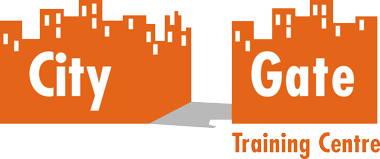Understanding First Aid Priciples
In this lesson, we will explore the fundamental principles of first aid, including the importance of assessing the scene for safety, calling for help, and prioritising treatment based on the severity of injuries. We will discuss the roles and responsibilities of a first aider and the legal considerations to keep in mind while providing care in the workplace. Participants will learn how to approach a first-aid situation calmly and effectively, ensuring they can provide the best possible support until professional help arrives.
Lessons
Ensure Safety Assess SituationBasic Life Support & CPR
Basic Life Support, commonly referred to as BLS, is a fundamental level of medical care provided to individuals experiencing life-threatening emergencies such as cardiac arrest, respiratory failure, or choking. The primary aim of BLS is to preserve life by ensuring the continued circulation of blood and oxygen within the body until professional medical assistance arrives. It is a vital skill set that can be used by both healthcare professionals and trained laypersons, making it an essential component of emergency care.
Lessons
Basic Life Support CPR Adult CPR Child CPR InfantManaging Choking Emergencies
Wound Care & Infection Control
Wound care and infection control are critical components of First Aid at Work (FAW). Proper wound management not only promotes healing but also prevents infections that can complicate recovery or lead to serious systemic issues. This guide provides a structured approach to wound care and infection control based on best practices in workplace first aid.
Lessons
Infection Control Wound CareRecognising & Responding to Shock
In the context of First Aid at Work (FAW), shock refers to a life-threatening medical condition where the body’s tissues and organs do not receive enough oxygen-rich blood to function properly. Shock can occur due to various causes, and understanding its signs, types, and appropriate management is crucial for first aiders.
Lessons
Recognising Shock Responding to ShockDealing With Burns & Scalds
Burns and scalds are common injuries that can occur in the workplace due to exposure to heat, chemicals, electricity, or friction. Proper first aid management of these injuries is essential to minimise pain, reduce the risk of infection, and promote healing. The following guidelines are designed to help first aiders in the workplace respond effectively to burns and scalds.
Lessons
Burns Management Scalds Management Key Differences Between Burns and ScaldsFirst Aid for Common Workplace Injuries
Workplace injuries can range from minor cuts and bruises to serious accidents requiring immediate medical attention. Being prepared with the knowledge of how to respond effectively can help minimise harm and improve recovery outcomes. Below is a guide to first aid for common workplace injuries.
Lessons
Cuts and Lacerations Bruises Sprains and Strains Fractures Eye Injuries Head Injuries Electrocution Chemical ExposureEmergency Action Plan Development
An Emergency Action Plan (EAP) is a critical component of workplace safety, ensuring that employees and first aiders know how to respond effectively to emergencies. A well-structured EAP can minimise harm, prevent chaos, and save lives during incidents such as accidents, fires, medical emergencies, or natural disasters. The development of an EAP involves assessing potential risks, establishing clear procedures, and ensuring everyone in the workplace is adequately trained and prepared.

